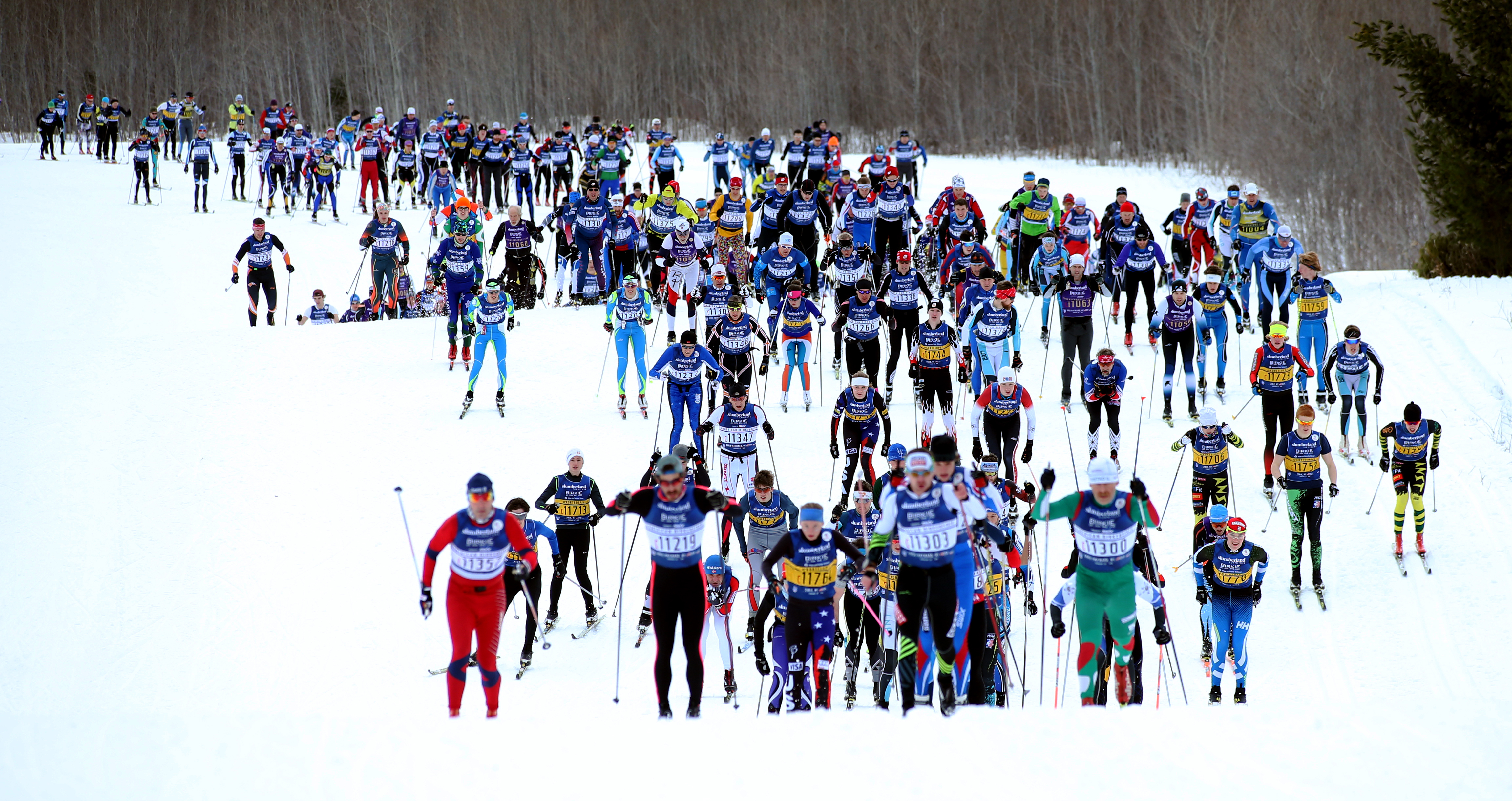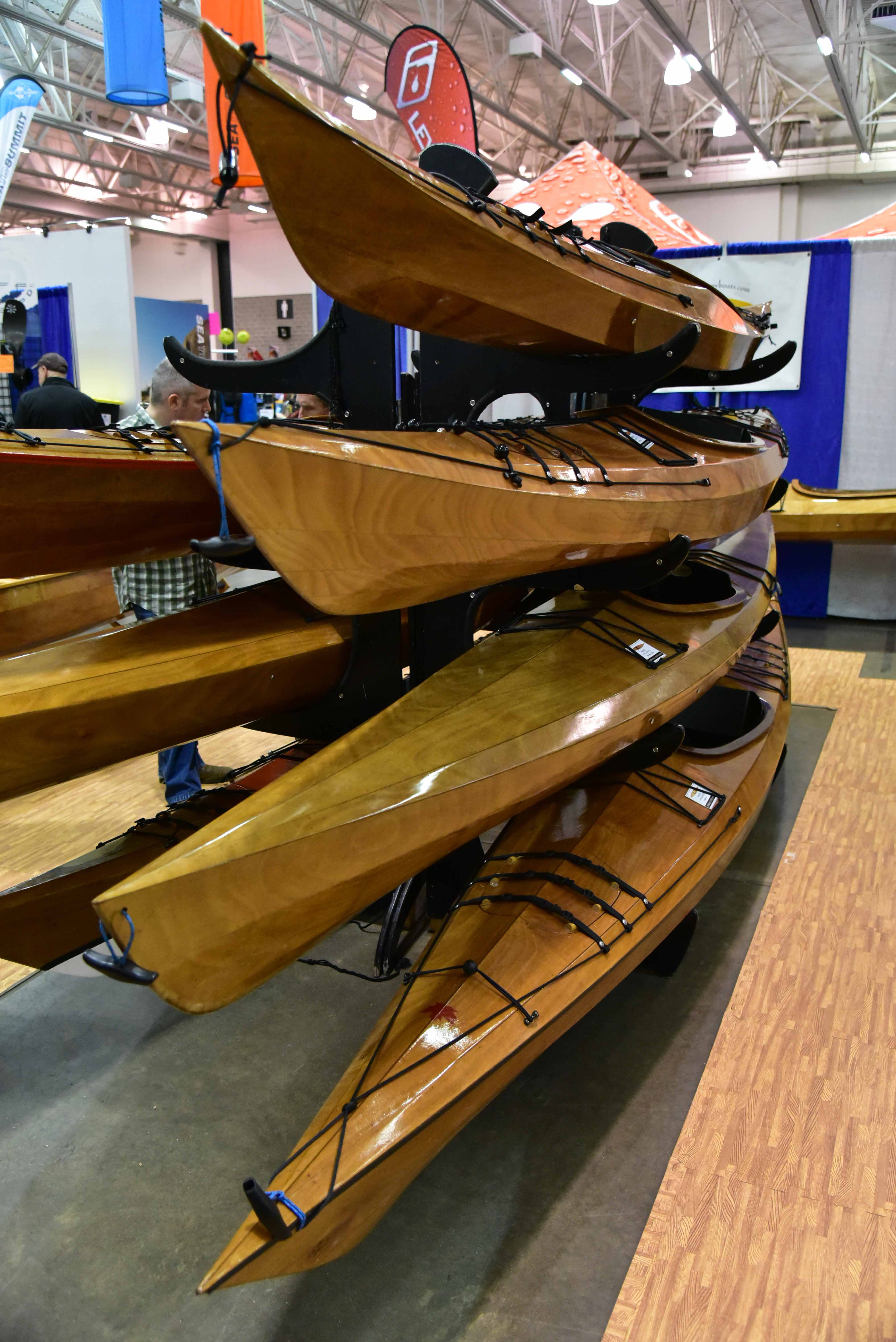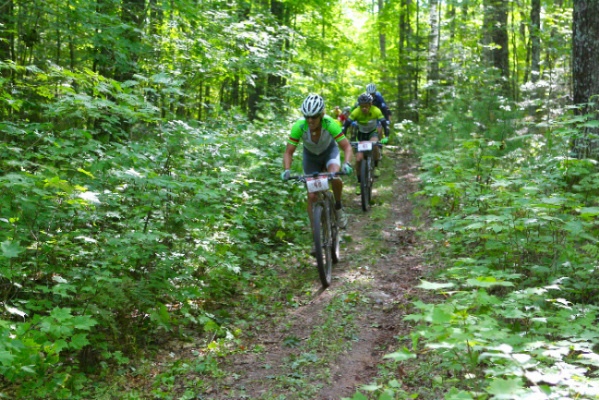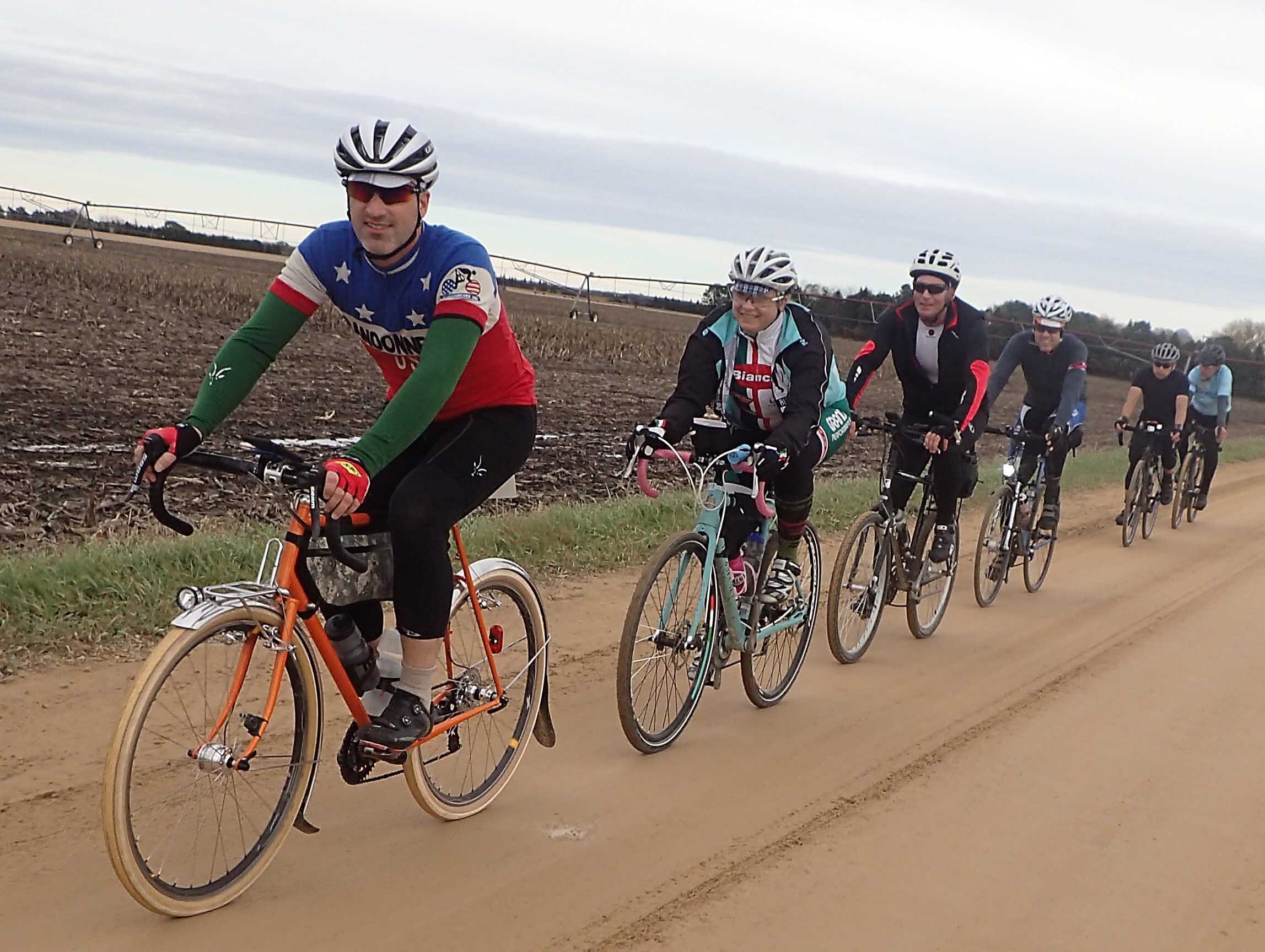Traditional versus modern: weighing in on the snowshoe debate
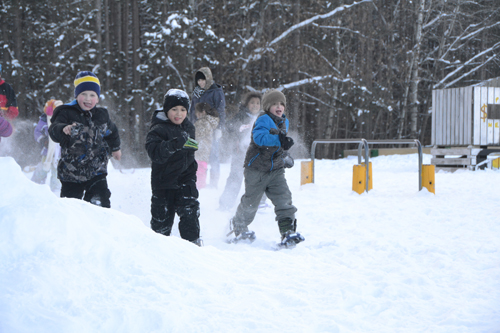
By Dave Foley
“Are those tennis rackets?”
This query came from a seven year-old as I was preparing to slip on my wooden snowshoes. Not a surprising observation. With the shaped oval wood frame supporting the latticework of neoprene webbing, there was a resemblance to tennis rackets. To the 15 second-graders wearing aluminum frame snowshoes, what I was holding was new to most of them. Any traditional snowshoes they had encountered in the past had probably been hanging on a wall of a ski lodge or a restaurant.
Yes, I own modern snowshoes, but my choice of traditional footwear was a deliberate one. And a sensible one in that the snow was powdery and a foot deep. From experience I’ve discovered that the wider area of a 10 X 32 Michigan style snowshoe is a better choice for those conditions than a standard 25 inch metal snowshoe. With a larger surface area than aluminum frame snowshoes, wood shoes provide better flotation, meaning that they are less likely to sink into light fluffy snow.
Where modern snowshoes come into their own is maneuverability. When I start my school group in a game of “tag” or “follow the leader,” the kids have the advantage. As they race around the playground, the smaller snowshoes equipped with crampons on the bottom, make sharp pivots and never slide in loose snow.
My wood shoes, which have no crampons for gripping, may slide a bit and if I have to run up or downhill, I may slip.
When moving, whether running or walking, with every step the solid decking on metal shoes accumulates snow, which is lifted and tossed with each step. The effect in a snowshoe race where everyone wears modern snowshoes can be dramatic. If the competition occurs in fluffy snow, when the start gun is fired, the sprinting racers quite literally disappear in a cloud of flying snow.
Wooden snowshoes are characterized by a webbing of neoprene or rawhide which allows the snow to drop through when you lift your foot. When walking or running in traditional snowshoes, the snow pretty much stays on the ground. When I did my first snowshoeing in the 1980s, all snowshoes were wood. I was a racer then, participating in competitions in the Pictured Rocks National Park near Munising and in races in the Lower Peninsula. It was in these competitions in the late 1980s that I saw the first aluminum snowshoes. What was impressive was how they were able to maneuver over ice-crusted snow without slipping. With the crampons on the bottom of the shoe to supply traction, wearers of metal shoes outdistanced those of us in traditional shoes when it came to climbing or charging downhill.
Breakdowns were common as design flaws in aluminum framed snowshoes resulted in the decking tearing away from the aluminum frames and bindings that tended to malfunction. By the late 1990s, the kinks had been worked out and owners of aluminum shoes could depend on them.
Wood snowshoes had problems as well. Until the 1980s, rawhide was used for lacing. To keep them from drying out, the webbing needed to be varnished periodically. Of greater concern was the bindings. Fitting a pair of wood snowshoes on your boot used to be frustrating, as many of the old style leather or neoprene bindings looked like a mass of buckles and straps. New quick-fit or simple-strap systems have taken the angst out of putting on snowshoes. However, avoid stretchy rubber bindings, sometimes made from inner tubes. They are easy to slip on, but walking with them is like wearing Hula Hoops, as your snowshoes swing round with every step.
Shopping for snowshoes can be confusing, as there are many styles available. Prices range from $50 for kids’ models to more than $300. For wood shoes, Iverson Snowshoes, with a factory near the village of Shingleton in the Upper Peninsula, offers a range of sizes and styles with prices starting at $190. Aluminum shoes, which have numerous sales outlets, have less expensive products for youth with adult snowshoes ranging from $150-$300. Snowshoes can be purchased for less than $100, and some of these models, especially if they’re marked down from a higher list price, are a smart purchase. However, some of these cheaper items are made with less durable materials. That may be okay for those that only snowshoe occasionally and in a safe environment. However, a snowshoe coming apart during a long backcountry hike may create a major problem.
About twenty years ago, I was given a pair of modern snowshoes for racing. Whereas my wooden shoes weighed almost six pounds, the metal ones were less than four. That was reason enough to race in them. I didn’t need the better flotation provided by wood snowshoes. When you’re running with a pack of competitors, the snow quickly gets trampled down, which is ideal for a smaller snowshoe.
Racing aside, I do almost all my snowshoeing in traditional snowshoes. On a group hike, invariably, Cyndy and I will be the only ones wearing wood snowshoes. In deep, powdery snow, our wider snowshoes keep us higher in the snow, while our companions sink deeper. We move quietly, whereas the sound of snowshoes punching in the snow and the occasional muffled squeak of binding hinges marks the progress of metal wearers. Having worn both the traditional and the new technology in snowshoes, I still can’t state objectively why I prefer wood snowshoes. Yet, when I’m exploring the back country, feeling each step press the webbing into the snow – just as the Indians did, who walked here generations ago – these old style snowshoes feel just right.






